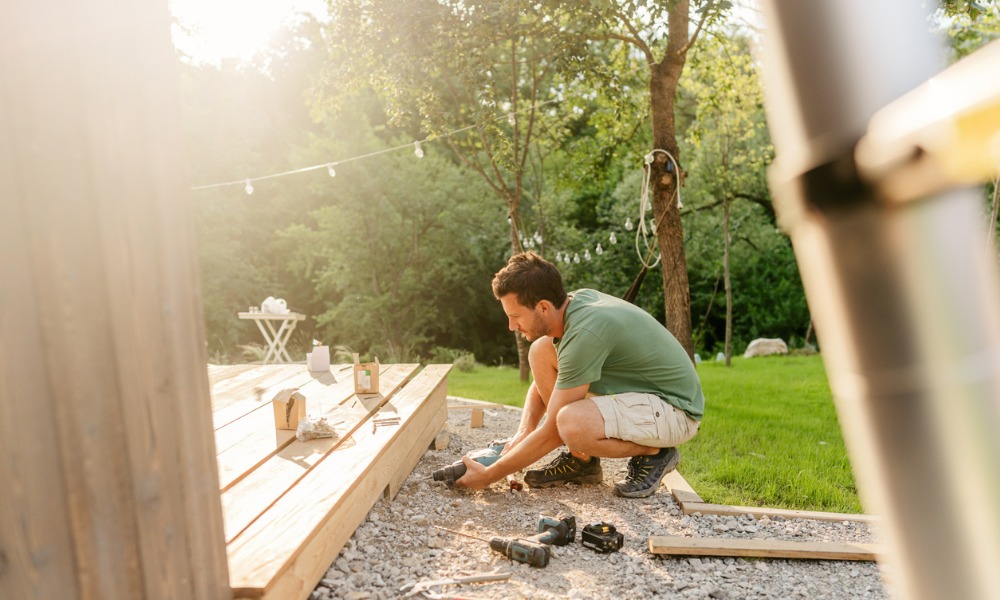While renovation spending has dropped since the COVID boom, it’s still surpassing pre-pandemic numbers

Homeowners across Australia are showing a strong inclination to invest in their properties, undertaking renovations and improvements at levels surpassing pre-pandemic figures.
While the overall number of renovations has declined from the peak levels observed during stimulus-driven periods in recent years, spending on home upgrades has remained robust, despite rising interest rates and mortgage repayments, according to a report by The Australian.
According to lending data for renovations, there were 10,308 homes committed to undergoing renovations in the three months leading up to May, representing a decrease of 27.8% compared to the previous year. However, the average cost of these renovations has increased by $26,900, with the size of loans expanding to an average of $202,270 over the past year.
In 2021, renovation activity reached the second-highest level on record, fueled by historically low interest rates, accumulated savings, and the increased amount of time spent at home due to lockdowns and restrictions, The Australian reported. Although there was a slight dip of 3.9% in 2022, a substantial $44.8 billion worth of renovation work was still completed. Moving forward, it is expected that the demand for renovations will slow down due to higher construction and borrowing costs following the post-pandemic surge.
Stimulus fueled renovation boom
Denita Wawn, CEO of Master Builders Australia, noted that much of the renovation activity in recent years was brought forward due to the availability of stimulus packages.
“People forget that in COVID, other than a HomeBuilder, we had JobKeeper and an economy that effectively tanked but nowhere near to the extent that we expected because most people kept doing their jobs,” Wawn told The Australian. “Also, no one could spend their discretionary dollars on going out, including the $60 million that Australians spend each year on overseas travel alone.”
Read next: Construction prices set to remain high – exec
Experts predict that the renovation market will experience a temporary decline valued at $41.9 billion in 2026. However, spending levels are projected to remain higher than any year preceding 2021.
This trend is partly attributed to homeowners staying in their properties for longer durations, as the average tenure has increased from 9.3 years to 13.5 years over the past decade. Factors such as housing affordability challenges, limited choices in the property market, and the associated costs of selling and purchasing homes, such as stamp duty and agent commissions, have contributed to homeowners opting for renovations sooner than usual, The Australian reported.
Bathrooms and kitchens
Tom Devitt, senior economist at the Housing Industry Association (HIA), told the publication that homeowners are prioritising upgrades in areas like bathrooms and kitchens. The average age of a bathroom has decreased from around 17 years to less than 14 years, indicating a desire for more modern and updated spaces.
Between 2019 and 2022, the average cost of standard kitchen and bathroom renovations witnessed significant increases of 47% and 40%, respectively, according to The Australian.
However, the dynamics are beginning to shift, with residential property investors now taking out larger loans, averaging $221,700, compared to owner-occupiers who average $194,800. This trend coincides with an increasing number of recent investors facing negative gearing situations, whereby rental income does not fully cover the costs of owning the property.
Have something to say about this story? Let us know in the comments below.



